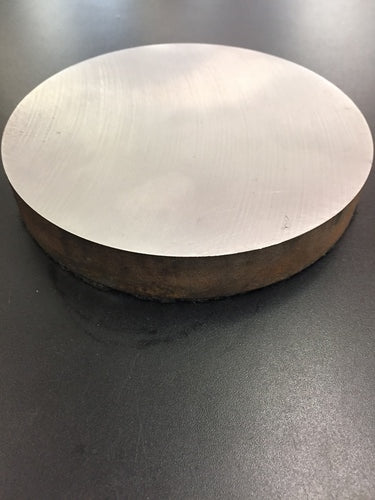
Demystifying the Rub Block: A Guide to Testing and Understanding Clipper Blade Sharpening
Are you puzzled by the purpose and technique of using a rub block for clipper blade sharpening? Don't worry; you're not alone. In this comprehensive guide, we'll delve into the intricacies of the rub block, its significance, and how to effectively utilize it in your sharpening routine.
Understanding the Rub Block: The rub block serves as a crucial tool for assessing the condition of clipper blades during sharpening. Its primary function is to reveal the rub pattern formed by the interaction of two blades, indicating whether the blades are properly sharpened and aligned.
Significance of the Rub Pattern: A correct rub pattern indicates that the blades are sharpened to the appropriate angle and alignment. This pattern should appear as a straight, even line across the cutting edge of the blades. Deviations from this pattern suggest irregular sharpening or misalignment, which can affect the performance of the clipper blades.
How to Use the Rub Block:
- Preparation: Clean the rub block with rubbing alcohol to remove any oils or contaminants.
- Testing: Place the clipper blade on the rub block and apply even pressure while moving it back and forth in a figure-eight motion. Ensure that the pressure is distributed evenly across the surface of the block.
- Observation: Examine the rub pattern formed on the blade. A straight, uniform line indicates proper sharpening, while deviations suggest issues that need to be addressed.
- Interpretation: Analyze the rub pattern to identify any inconsistencies or irregularities. Pay attention to the curvature and alignment of the pattern to determine the quality of the sharpening job.
Common Rub Pattern Variations:
- Straight Line: Ideal rub pattern indicating proper sharpening and alignment.
- Curved or Arched Pattern: Indicates uneven sharpening or misalignment of the blades.
- Skewed Pattern: Suggests lateral misalignment, resulting in uneven wear on the blade edges.
Tips for Effective Rub Block Testing:
- Maintain consistent pressure and motion while testing the blades.
- Clean the rub block and blades thoroughly before testing to ensure accurate results.
- Use a red sharpie to enhance the visibility of the rub pattern, especially on blades with subtle deviations.
Conclusion: The rub block is an invaluable tool for assessing the quality of clipper blade sharpening. By understanding how to use and interpret the rub pattern, you can ensure that your blades are sharpened to perfection, resulting in optimal performance and longevity.
Don't let the rub block mystify you any longer. Master its use, and elevate your clipper blade sharpening skills to new heights. Happy sharpening!
Please note: If you plan on purchasing the Nebraska Blades Clipper Hones from our website: https://bonika.com/products/clipper-blade-sharpening-machine
These hones will come with the rub block. If you already have a hone or have purchased a hone from somewhere else you can order the rub block here. https://bonika.com/products/rub-block
The rub block will not and does not sharpen blades. It only tests the blades.
